The Structure of the Roman Curia: A Look at Its Organizational Chart
A System of Collaboration at the Service of the Pope and the Church
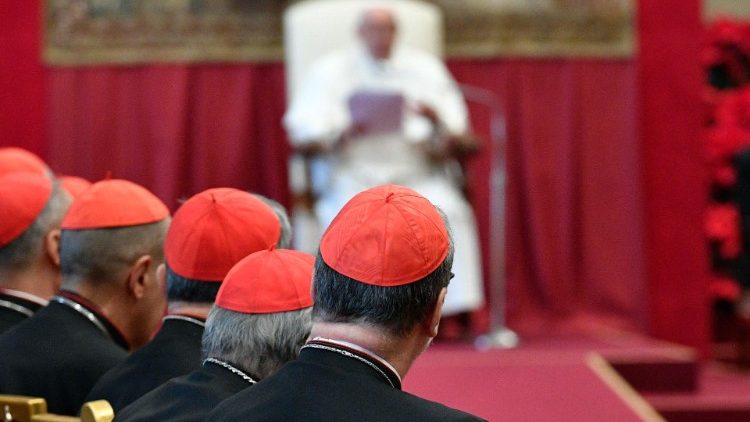
The Roman Curia, the complex administrative framework that assists the Pope in governing the Catholic Church, has been the subject of a recent restructuring under the apostolic constitution “Praedicate Evangelium,” promulgated by Pope Francis in 2022. This reform seeks to improve efficiency, transparency, and synodality within the Church, promoting greater interconnection and collaboration between its various dicasteries and agencies.
The Secretariat of State: The Central Core
The Secretariat of State is the heart of the Roman Curia and is divided into three main sections:
- Section for General Affairs: Responsible for coordinating daily activities and maintaining cohesion between the different dicasteries.
- Section for Relations with States: Manages the Vatican’s diplomatic relations, representing the Pope on the international stage.
- Section for Diplomatic Personnel: Oversees the formation and deployment of the Vatican’s diplomatic corps.
Dicasteries: The Pillars of Administration
Dicasteries, each specialized in a specific area of ecclesial life, form the fundamental pillars of the Curia:
- Dicastery for the Doctrine of the Faith: Defends and promotes Catholic doctrine.
- Dicastery for the Service of Charity: Coordinates charitable activities.
- Dicastery for the Eastern Churches: Handles relations with the Eastern Catholic Churches.
- Dicastery for Divine Worship and the Discipline of the Sacraments: Regulates the liturgy and sacraments.
- Dicastery for Bishops: Participates in the selection and appointment of bishops.
- Dicastery for the Clergy: Deals with matters relating to priests and deacons.
- Dicastery for the Laity, Family and Life: Addresses issues relating to lay life, family and life.
- Dicastery for Promoting Christian Unity: Fosters ecumenism.
- Dicastery for Interreligious Dialogue: Facilitates dialogue with other religions.
- Dicastery for Culture and Education: Promotes Catholic education and culture.
- Dicastery for Integral Human Development: Deals with issues of social justice and care for creation.
- Dicastery for Legislative Texts: Interprets canon law.
- Dicastery for Communication: Oversees Vatican media.
Tribunals and Other Bodies
The Curia also includes important tribunals that handle various legal and doctrinal matters:
- Apostolic Penitentiary: Deals with issues of indulgences and absolutions.
- Supreme Tribunal of the Apostolic Signatura: Acts as the supreme court of the Church.
- Tribunal of the Roman Rota: Primarily handles cases of marital annulment.
In addition, other bodies such as the Council for the Economy, the Secretariat for the Economy and the Administration of the Patrimony of the Apostolic See (APSA), together with the Office of the Auditor General, oversee and manage the Vatican’s finances and resources.
An Integrated and Effective System
The recent reform established by “Praedicate Evangelium” has promoted greater integration and collaboration between the various entities of the Roman Curia, ensuring that they work in a coordinated and effective manner to better serve the Pope and the universal Church. This structure seeks to reflect the universality and pastoral mission of the Church, promoting an administration that is both efficient and transparent.
Related
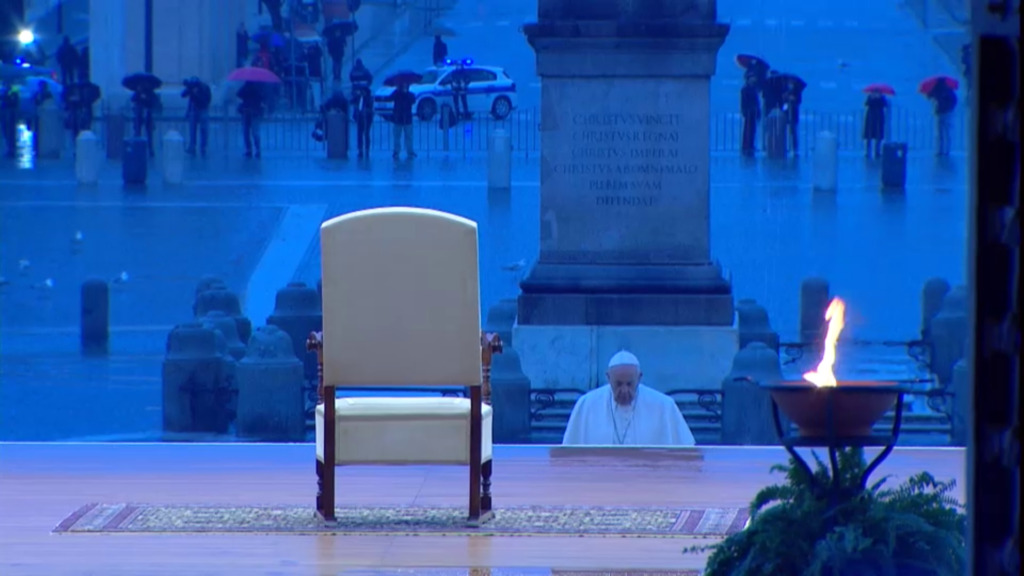
Five Years After Statio Orbis: Hope in the Midst of the Storm
Exaudi Staff
27 March, 2025
2 min
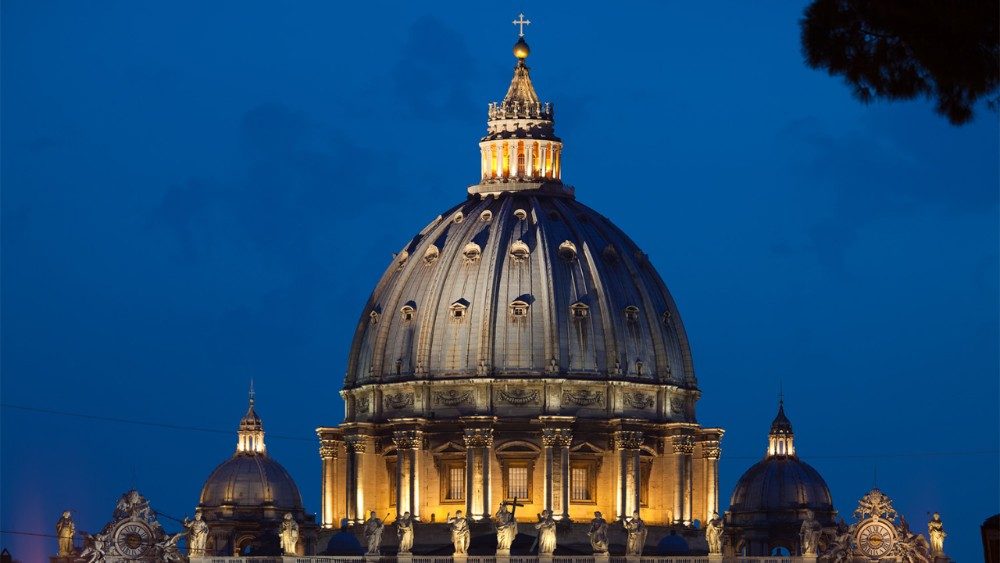
St. Peter’s Dome Will Have New Lighting for Easter
Exaudi Staff
20 March, 2025
1 min
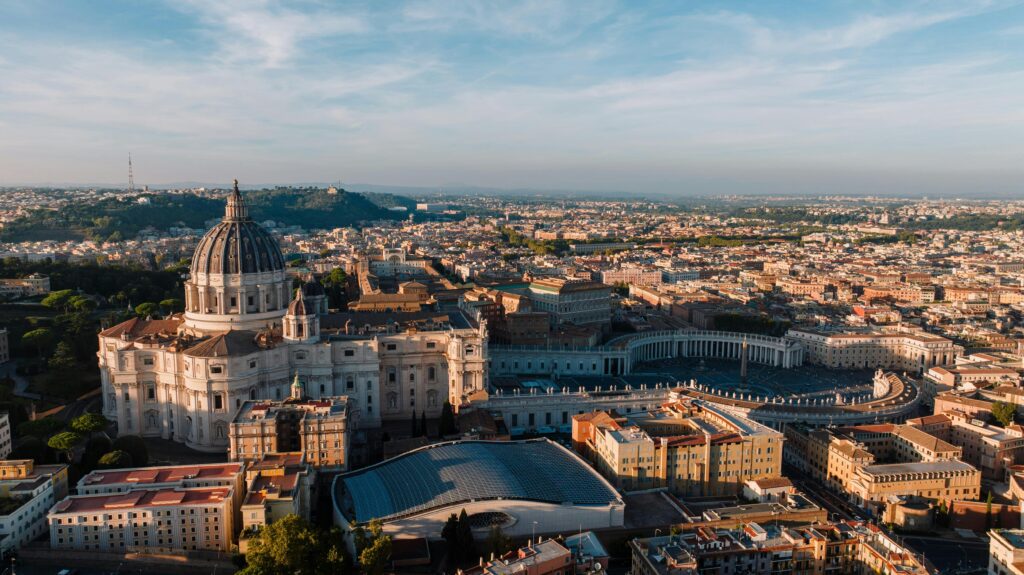
In St. Peter’s Basilica, the ancient rite of the “Statio Lenten” (Lent Station)
Exaudi Staff
17 March, 2025
2 min
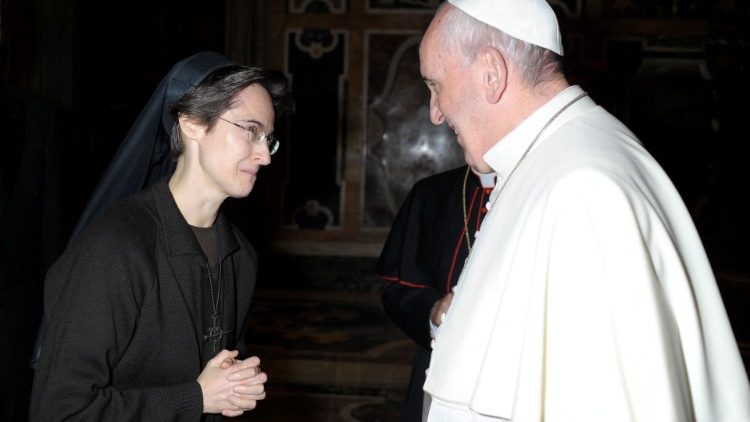
Sister Raffaella Petrini appointed as new president of Vatican Governorate
Exaudi Staff
17 February, 2025
1 min
 (EN)
(EN)
 (ES)
(ES)
 (IT)
(IT)

